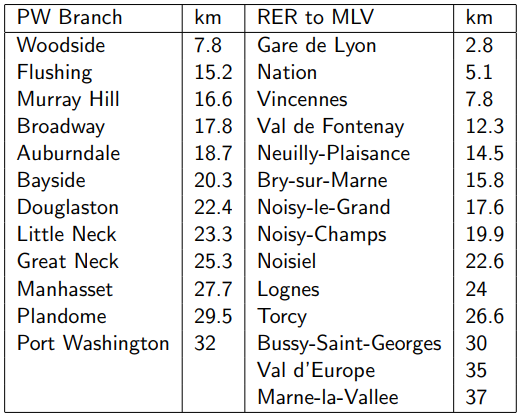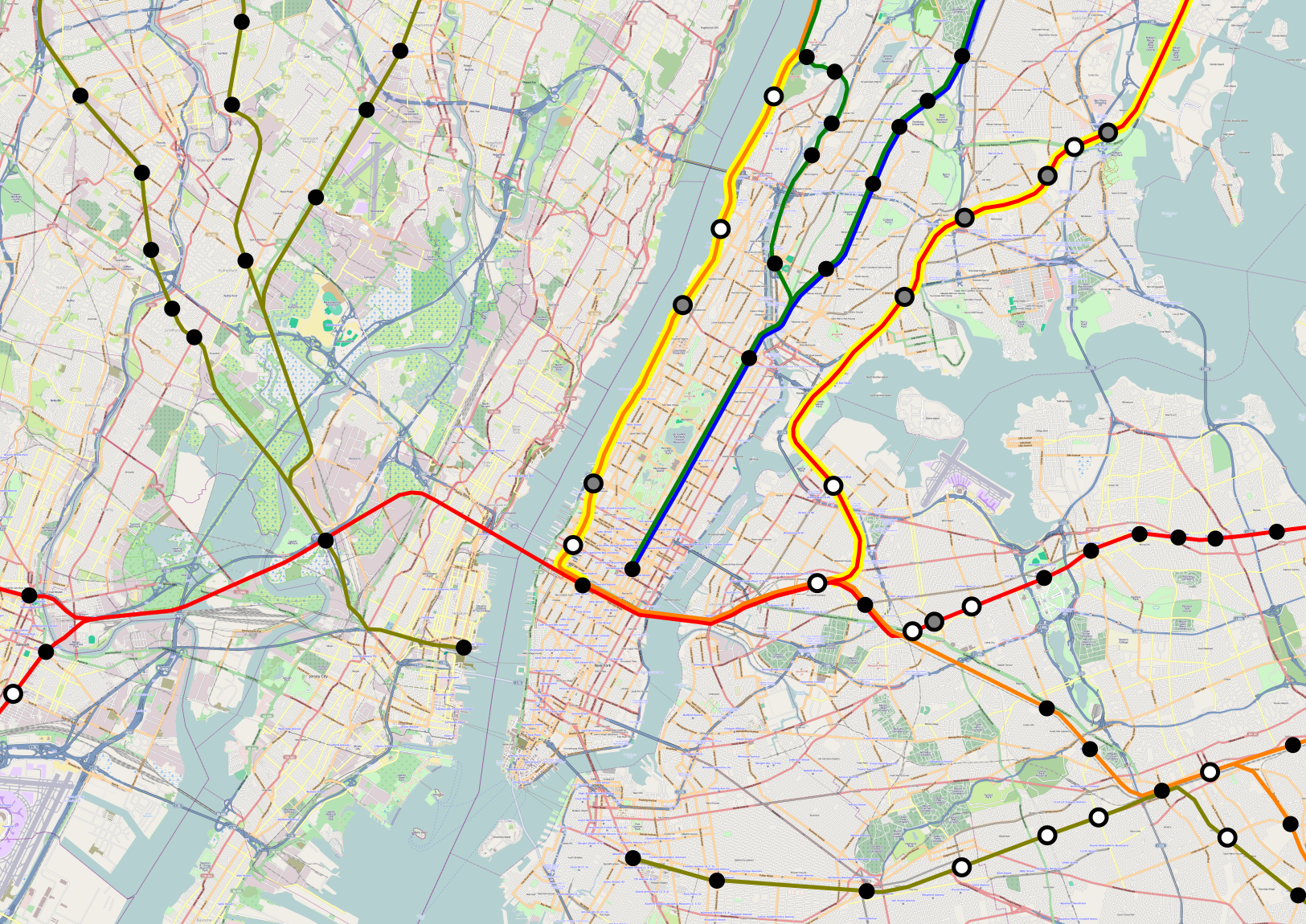Cities like Berlin, Paris, and Tokyo have something New York does not: frequent regional rail service connecting suburbs to the city center.
Unlike American-style commuter rail, these services function as useful, all-day rapid transit. Instead of disgorging every passenger at a stub-end terminal, Asian and European regional rail runs through center cities, making stops along the way and connecting to the urban transit system at several points.
In the New York region, the Long Island Railroad, Metro-North, and NJ Transit run much more limited types of service focused specifically on bringing suburban office commuters in and out of the city.
Speaking yesterday at NYU, transit researcher Alon Levy outlined his prescription for aligning New York's commuter rail services with global regional rail best practices. His presentation touched on everything from fare policy and scheduling to major tunneling projects.
The overall thrust of his recommendations is that regional rail should function more like the subway, with frequent service that also serves reverse-peak travel, stop spacing that appeals to city residents, and affordable fares. (Levy touched on several of these concepts in a May Streetsblog post on LIRR operations.)
Of particular interest (and a good fit for a blog post) are Levy's recommended sites for infill commuter rail stations, which he says will optimize stop spacing within New York City.
In Paris, regional rail stops are between one and two miles apart, and trains make all stops in the city. In NYC, that tends to be the case beyond the reach of the subway, but closer in it's a different story, as you can see in this table comparing station distances from the central city on the LIRR Port Washington Branch and one of Paris's RER lines.

Making matters worse is that even the few local commuter rail stops within city limits get infrequent service. That's a recipe for low ridership.
"You want to make sure the infill stops you do have actually get used," Levy said. "Off-peak, most of the trains skip [stations in the city]. Melrose and Tremont get a train per hour, where you have six trains -- two on the Harlem Line and four on the New Haven line -- that skip them."
Levy recommends adding several infill commuter rail stops, which should connect directly to subways or buses. That's what fuels the success of the Woodside LIRR stop, which is served by the 7 train and multiple bus routes.
He proposed adding the following infill stations within city limits:
- As part of East Side Access, one station in Astoria to connect to the N and W trains and another at Pelham Parkway in the Bronx to connect to buses on Fordham Road.
- New Metro-North stations on the West Side of Manhattan as part of the proposed Empire Connection project.
- Corona, Elmhurst, and Queens Boulevard on the Port Washington Branch
- Cypress Hills, Woodhaven, and Richmond Hill on the LIRR Atlantic Branch.
You can get Levy's whole presentation, which extends far beyond infill stations, on his website.






